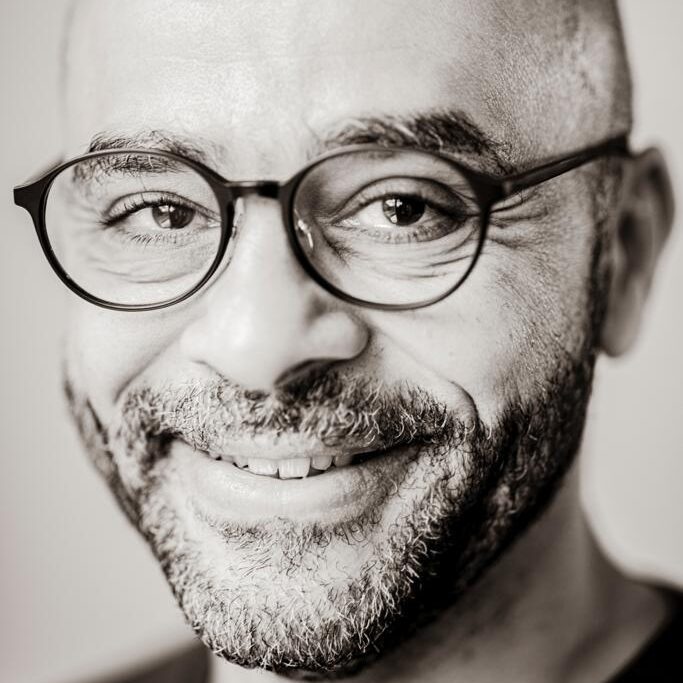In his popular Solve for Happy corporate leadership workshops, Mo Gawdat covers the basics of happiness at work and provides a clear guide for how organisational leaders can:
- achieve their own state of happiness
- build a happy workplace that attracts talent
- increase productivity
- reduce attrition
Here’s an example of how the workshop might be structured.
Section 1: Understanding the Value of Happiness at Work
In the first part of this workshop, Mo aims to align the participants around the understanding that happiness is a business strategy. Creating a happy place is not just to make work fun. It has substantial measurable impact on the ability of a business leader to succeed in achieving short and long term targets. Mo will share examples from his experience at Google. Google illustrates how a happy work environment delivers billion dollar businesses.
Section 2: Understanding the Happiness Machine
Mo, through his work in Solve for Happy, teaches that happiness is predictable, scalable, and reproducible, based on a solid engineering model and an accurate mathematical equation. In this section, Mo shares the basic principle of happiness: The Happiness Equation. He discusses accurate definitions of happiness, fun, and happiness vs. suffering. He explains the biological importance of those different emotions to highlight not only how they can be harnessed to the benefit of the organisation, but also to illustrate the effectiveness of happiness as a state that benefits the workplace. Mo then shares his happiness flow chart, which can help participants bounce back to a state of happiness from negativity through an accurate process similar to a mechanic fixing a machine or software engineer debugging code.
Section 3: The Obstacles to Happiness
In this section, Mo explains his happiness model, the “675”, and how grand illusions and blind spots lead us to states of dissatisfaction, disappointment, and unhappiness unnecessarily. He focuses on explaining the six grand illusions at a high level and deep dive into two of the most common illusions embraced by the typical corporate manager: the illusion of thought and the illusion of control. By the end of the session, participants understand how illusions and blind spots affect their judgment, not only when it comes to their happiness, but also in regards to their performance at work.
Section 4: Creating a Happy Workplace
In this section, Mo discusses the difference between leadership and management using examples from his career to illustrate that a leader, by definition, aims to create a state of happiness. As defined by the Happiness Equation, to be calm and content enables the organisation to move forward with an understanding that happiness leads to efficiency. Mo then shares his key design elements that contribute to creating a happy workplace and an overall organisation that is productive, transparent, inclusive, and committed to its purpose in doing the best that it can, regardless of the challenges and market circumstances. By the end of the workshop, the participants are left with enough information to improve their individual state of well being, the productivity of their teams, as well as practical tasks to work together on to create personal happiness and a happier organisation.
